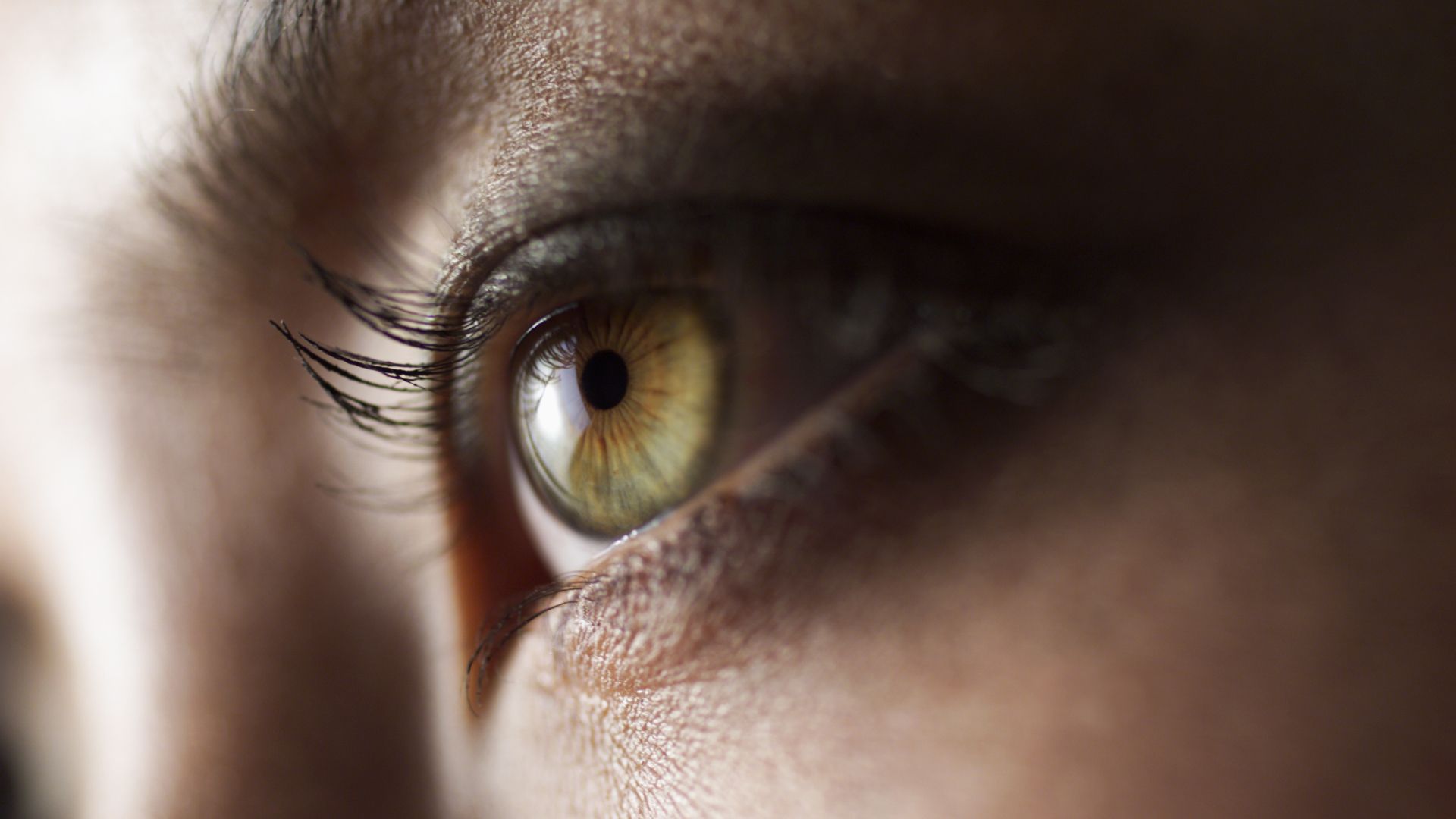
Senses represent the manner in which our brains decipher our surroundings. A lot of us were taught in school that humans possess five senses — vision, hearing, smell, taste, and touch. We were also informed that various animals have similar senses but vary in range. For instance, while humans are able to perceive red, green, and blue light, many bird species can see those colors plus UV light; on the other hand, dogs can only perceive yellow and blue light. Furthermore, humans can only detect frequencies up to about 23,000 Hz, but dogs have the ability to hear sounds up to 45,000 Hz. Nonetheless, these are not the sole five senses. Although the precise count hinges on what you define as a sense, numerous scientists believe humans possess a minimum of nine, with some even asserting that the number could reach a few dozen! Additionally, many other animals have extra senses as well. Below are just a few of these senses.
**Body Awareness**
Proprioception involves the ability to perceive your body’s position, while kinesthesia pertains to the ability to sense its movements. These senses enable you to maintain balance and apply the correct force needed for daily activities. You can walk with your eyes closed because proprioception and kinesthesia function independently of sight. Instead, they depend on sensory organs located in your muscles, known as spindles. Each muscle spindle is wrapped around muscle fibers. When a muscle is elongated, the spindles transmit information regarding the stretch’s length and speed to your spinal cord and brain, which utilize this data to determine your body’s position.
**Pain**
The experience of physical pain is referred to as nociception. When your tissues suffer damage due to an injury, pain receptors called nociceptors become activated and send an electrical signal via a nerve to your spinal cord. The nerve fibers responsible for transmitting pain signals differ from those that convey information about proprioception and touch. Upon receiving the signal, your spinal cord may trigger a reflex action, like flinching away from the source of pain. Simultaneously, your spinal cord relays signals to your brain, which interprets the signals and enables you to experience pain. This process aids in steering you away from the source of pain in the future.
**Temperature**
Humans are equipped with different types of thermoreceptors that can sense heat, cold, or both. Temperature data travels along the same nerve fibers as pain does. This explains why extreme temperatures can induce a sensation of pain.
**Balance**
Our balance sense depends on the vestibular system, situated in the inner ear. This system comprises three semicircular canals filled with fluid and sensitive hairs that detect the movement of this fluid. Each canal is designed to perceive balance in a distinct direction.
**Echolocation**
As humans, we experience depth perception because we possess two eyes that provide varying angles of the world. This enables our brain to gather sufficient information to estimate distances. However, numerous creatures, such as nocturnal and burrowing animals, are unable to rely on sight for detecting obstacles. These animals, including certain bats, toothed whales (like dolphins), and small mammals utilize echolocation to gauge distance. An animal employing echolocation generates a series of clicking sounds and listens for the echoes of those sound waves bouncing off obstacles. As sound requires time to travel, animals can ascertain their distance from an obstacle based on the delay before the sound echoes back. Bats utilize echolocation to hunt for food and evade obstacles. They emit very high-pitched sounds, typically beyond the range of human hearing, and accelerate their clicks as they near their prey to enhance accuracy. Toothed whales such as dolphins also rely on echolocation for similar reasons. These marine mammals are equipped with a melon, a fat deposit situated atop their heads, which clarifies the reflected sound waves. Notably, humans can develop the skill to echolocate, which can assist visually impaired individuals in perceiving their environment.
**Electroception**
Electroreception is primarily observed in aquatic creatures since air presents a high resistance to electricity, making current detection challenging. Examples of animals that utilize electroreception include sharks, rays, other fishes, and bees. Sharks and rays, especially, possess electroreceptors known as ampullae of Lorenzini embedded within their skin. These sensory organs can sense electrical currents from prey, even if it is concealed beneath the sand. Furthermore, certain fish species use electricity for intercommunication. Additionally, bees employ electroreception to identify currents from flowers.
**Magnetic Sensitivity**
Birds, turtles, bees, and numerous other species can detect the earth’s magnetic field, aiding in annual migration and ocean navigation. Scientists are not entirely clear on how this sense, referred to as magnetoreception, operates. One leading hypothesis suggests that animals perceive the orientation of the field lines through a protein.